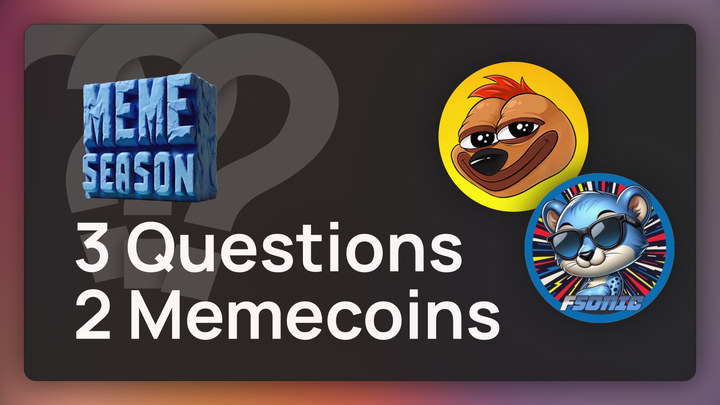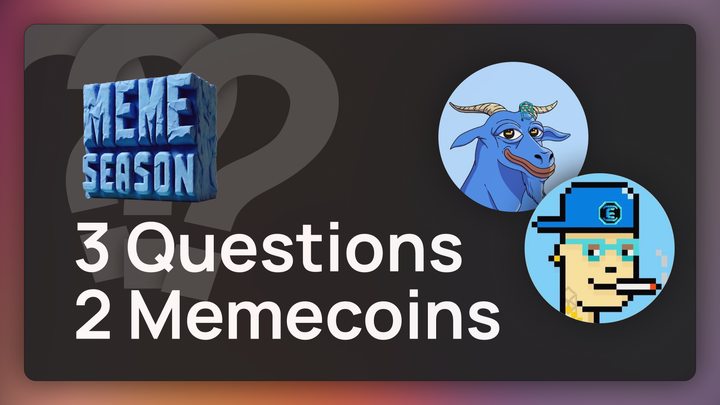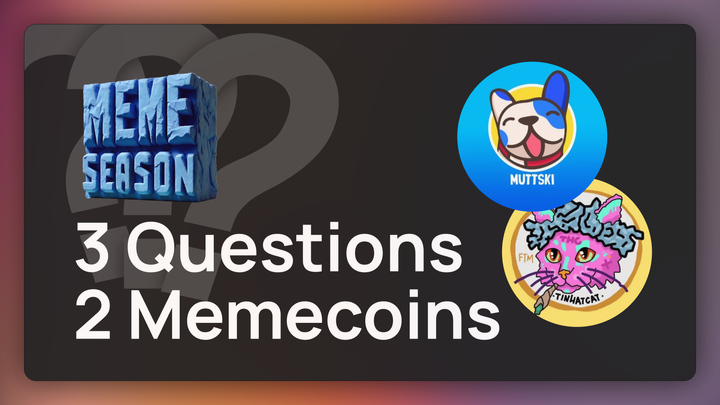Fantom Ecosystem Spotlight – Kanpeki Finance

The name “Kanpeki” translates from Japanese to “perfect” or “flawless.” In terms of this spotlight article, it might refer to the perfect simplicity of the Kanpeki protocol, which unlocks secure and fixed-interest borrowing and lending rates for its users. Then again, the name might also refer to Kanpeki’s commitment to the highest level of decentralization through protocol ossification.
1. What is Kanpeki Finance?
Kanpeki is an incentivized, non-custodial, individualized, fixed-rate borrowing and lending platform.
Among the many lending platforms today, Kanpeki is markedly different from the rest: all interest rates are fixed, unchanging, user-chosen — i.e., not set by any algorithm — and not annualized. There is no concept of "apy" or "apr.”
2. How do you introduce Kanpeki Finance to a DeFi novice?
Kanpeki is simply a crypto project. It's neither a company nor a startup. It's a custom lending platform that is not a fork of another project, built without any external funding whatsoever.
To understand why Kanpeki is important, you must understand why lending is important. Lending plays a significant role in financial services, of course, but it’s also the backbone of economic production. Lending allows capital to be repurposed and put to work to support purchases, investments, business expansion, and more.
Kanpeki is traditional in that it supports lending and borrowing as baseline economic activities, but with a notable difference in that our protocol is public – anyone can lend and borrow, and users, not banks, set interest rates.
3. How did you come up with Kanpeki Finance?
The core Kanpeki team met around 2017. At that time, a protocol attempted to provide a similar service as we do today. When that project changed its course, several community members – who eventually developed Kanpeki – decided to continue to forge ahead and develop the project that the protocol abandoned.
4. What makes Kanpeki Finance different from other lending protocols?
Other projects might similarly offer fixed rates, but those platforms are frequently forks of variable-rate lending protocols. They can’t claim to have been developed like Kanpeki, built from the ground up as a fixed-rate lending and borrowing platform.
On Kanpeki, lenders and borrowers decide what amounts they wish to lend/borrow and at what interest rate. The protocol individualizes lending and borrowing by matching both sides, but with a twist: borrowers are heavily incentivized with KAE to accept higher interest rates.
Borrowers who stake KAE can, if they borrow for a sufficient amount of time and at an interest rate above 6%, receive rewards that cover the cost of interest paid on a loan.
Finally, Kanpeki is governance free. The team is planning to step back from the protocol, which will, at that point, become immutable.
5. What role does KAE play?
KAE is at the heart of Kanpeki. It is the piece that, ideally, makes Kanpeki tick. By staking KAE, lenders and borrowers access a range of benefits like lower fees, a more extensive range of interest rates that they can choose for lending/borrowing, shorter lock-up times, and more.
On Kanpeki, lender and borrower fees are used to buy back and burn KAE, thereby maintaining the token's value and ensuring the protocol's sustainability. The buy back and burn function can be executed by users with staked KAE, as explained in our docs.
The below chart shows in greater detail all that can be done with the token, both from a borrower's and a lender's perspective. Further details can also be found in our docs.

6. What is “ossification,” and what’s the driving idea behind it?
The team's vision was to build an immutable fixed-rate lending and fully automated borrowing platform – no DAO or governance – that can run by itself. We started with the idea that our goal should be to build a project from which we could just step back.
Ossification refers to an immutable platform that doesn’t require a team to manage critical infrastructure. Uniswap and Liquity do this to some degree already. We believe that ossification should be the goal of all projects that care about decentralization – the “De” in DeFi.
7. What will the protocol development look like when ossification is complete?
Nothing can be changed by anyone, even if they want to. One could build a UI to interface with Kanpeki, but that’s it. Beyond this, any development will come from others who build protocols/vaults on top of Kanpeki.
8. What are the team’s plans after ossification?
The creators of Kanpeki will have completed what they set out to do. Some may become community members of Kanpeki and assist with initiatives to educate users on how to use the platform. The rest will move on to other projects.
Stepping back from the project is our imperative, and Kanpeki will continue without us.
9. Why did you decide to build on Fantom?
Fantom has a growing user base and an established presence in DeFi. Ease of scaling and cheap transaction fees were also major draws.
10. How did the Fantom community receive Kanpeki Finance?
FTM allowed us to launch our smart contracts inexpensively, and it provided us with a platform to bring and now give Kanpeki to the FTM users. We’ve had positive support.
11. How do you see DeFi evolving?
More regulations will determine how DeFi projects are funded and how they operate. Decentralization will be put to the test. Fintech solutions will eclipse DeFi with systems that will likely be less efficient and certainly less user-centric. This isn't very optimistic, but we’re not hopeful.
12. Is there anything else that you’d like to add?
A big thank you to the FTM Foundation, the FTM team, and the FTM users for welcoming Kanpeki to the fold.
Engage with Kanpeki Finance



